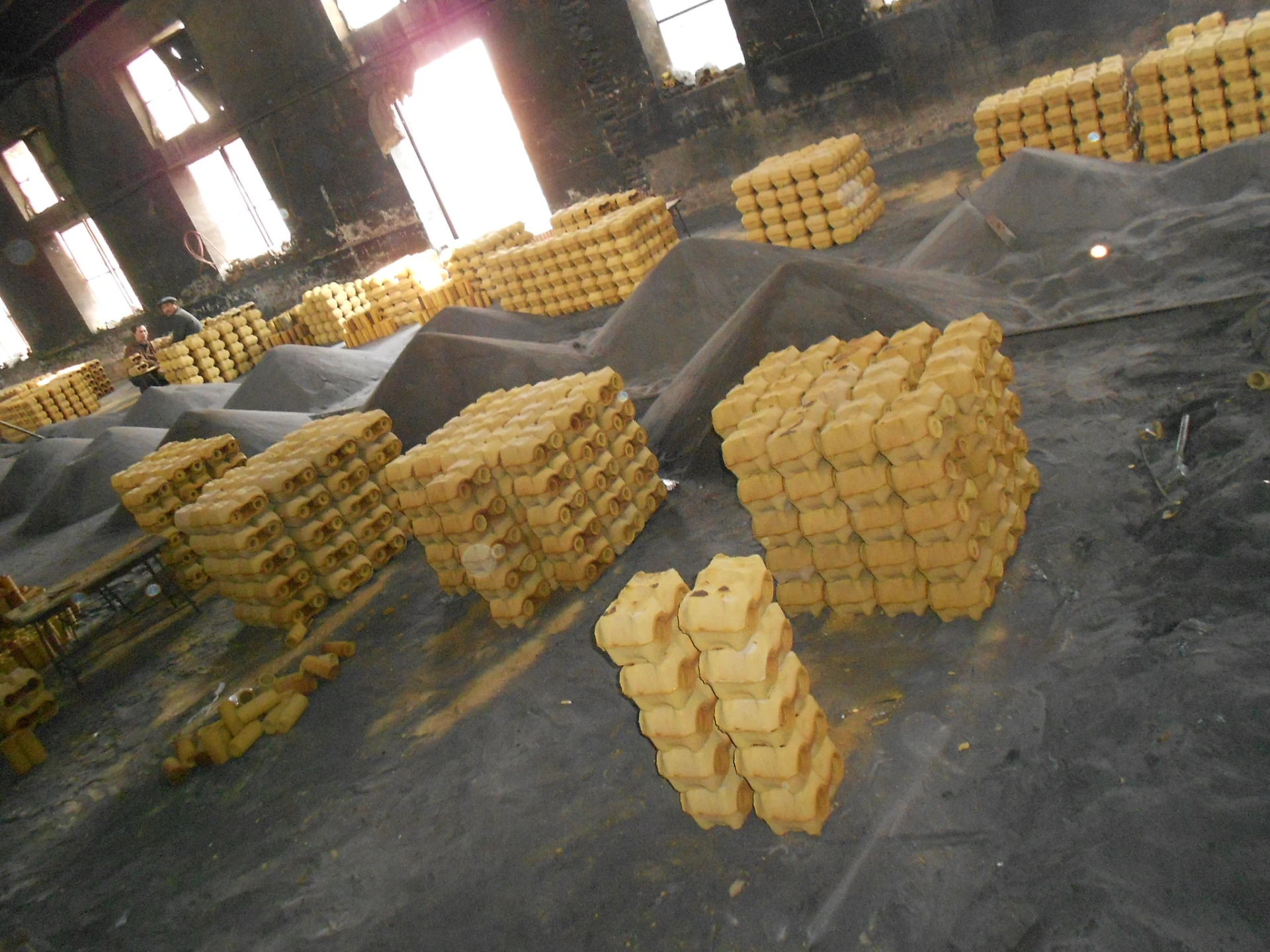Mobile:+86-311-808-126-83
Email:info@ydcastings.com
Exploring the Properties and Applications of Die Cast Materials in Manufacturing
The Significance of Die-Cast Materials in Modern Manufacturing
Die casting is a manufacturing process that involves forcing molten metal under high pressure into predetermined molds or dies. This method is widely used in various industries due to its ability to produce complex shapes with excellent surface finishes and dimensional accuracy. A key component of this process is the choice of die-cast materials, which significantly affects the quality, performance, and cost-effectiveness of the final product. In this article, we will explore the most common materials used in die casting, their properties, and their applications in modern manufacturing.
Common Die-Cast Materials
1. Aluminum Alloys Aluminum is one of the most popular die-cast materials due to its lightweight nature, excellent corrosion resistance, and good thermal conductivity. Aluminum alloys, such as A380 and A383, are typically used in die casting for components in automotive, aerospace, and consumer electronics. These alloys offer a good balance of strength and formability, making them ideal for complex geometries. Moreover, aluminum die castings can be easily machined and finished, adding to their appeal in various applications.
2. Zinc Alloys Zinc die casting alloys, such as Zamak (Zinc, Aluminum, Magnesium, and Copper), are also widely used in the industry. Zinc has a lower melting point than aluminum, allowing for quicker production cycles and lower energy costs. Zinc die castings offer excellent dimensional stability, strength, and corrosion resistance. They are often used in manufacturing small but intricate components for the automotive, electrical, and hardware industries. The smooth surface finish of zinc die-cast products also makes them ideal for decorative applications.
3. Magnesium Alloys Magnesium die casting is gaining popularity, especially in industries that prioritize lightweight components. Magnesium alloys are the lightest structural metals available and provide high strength-to-weight ratios. They are often utilized in applications such as automotive parts, aerospace components, and electronic housings. One of the main advantages of magnesium die casting is its ability to be easily machined and its excellent mechanical properties, including resistance to fatigue and vibrations.
die cast material

4. Copper Alloys While less common than aluminum and zinc, copper die casting is used for specific high-performance applications. Copper alloys, such as bronze, offer excellent electrical conductivity and resistance to corrosion. They are often utilized in applications where electrical components require high conductivity and durability, such as connectors and motor components. However, copper die casting can be more expensive than other materials, limiting its use in mass production.
Advantages of Die-Cast Materials
The choice of materials for die casting greatly impacts the efficiency and performance of the manufacturing process. Some of the advantages include
- Precision and Consistency Die casting allows for the production of highly precise and consistent parts, reducing the need for extensive secondary operations. - Complex Geometries The die-casting process can create intricate shapes that would be challenging or impossible to achieve with other manufacturing methods. - Rapid Production High production rates can be achieved with die casting, making it a suitable choice for mass production. - Material Efficiency Minimal waste is generated during the die-casting process, which leads to cost savings and a more sustainable manufacturing process.
Conclusion
In conclusion, the selection of die-cast materials plays a crucial role in the manufacturing industry, influencing the quality, properties, and applications of the final products. Aluminum, zinc, magnesium, and copper alloys each have unique advantages and are suited for various applications across multiple sectors. As technology advances and the demand for lightweight, high-strength materials increases, the role of die casting and its associated materials will continue to be pivotal in driving innovation in manufacturing. With continuous research and development, the future of die-cast materials promises exciting possibilities for improved performance and sustainability.
-
Why Should You Invest in Superior Pump Castings for Your Equipment?NewsJun.09,2025
-
Unlock Performance Potential with Stainless Impellers and Aluminum End CapsNewsJun.09,2025
-
Revolutionize Your Machinery with Superior Cast Iron and Aluminum ComponentsNewsJun.09,2025
-
Revolutionize Fluid Dynamics with Premium Pump ComponentsNewsJun.09,2025
-
Optimizing Industrial Systems with Essential Valve ComponentsNewsJun.09,2025
-
Elevate Grid Efficiency with High-Precision Power CastingsNewsJun.09,2025











